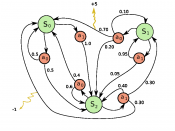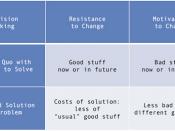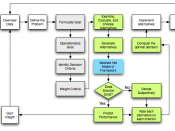A decision is a choice that an individual or a group of people makes. A decision can be a single action, an entire process, or even just a single spoken word or gesture. Decision-making is one of the defining characteristics of leadership. Making decisions is what managers and leaders are paid to do, and is an integral part of their day's duties. Critical thinking is an important step in the decision-making process and essential in any successful business. The affects of decisions can range from minor in consequence to life or career threatening. Regardless of the consequences, it is important to understand when a decision needs to come into affect. Using a decision-making model can help with the process.
"A decision making model is a systematic means of arriving at a decision. It is a way of organizing data with the purpose of presenting or displaying it to the decision maker in such a way that is more obvious than simply making a list of the alternatives" (Decision Making, n.d.).
There are several decision-making models to choose from such as the Pareto's Analysis Model, Root Cause Model, Porters Five Forces Model, and Rational Decision-Making Model. In general, all decision-making models are the processes we use to make well-rounded decisions. When evaluating the workplace, using the rational decision-making model fits my current needs.
The rational decision-making has seven steps. The first step is to define the problem. The second step is to draw up various solutions. "After having clearly defined the problem, need, or opportunity and then gathering and exploring all of the relevant information and alternatives, you must then evaluate the information and the alternatives and anticipate the consequences of the various options open to you" (Group/Individual, n.d.). Once you have put together a list of solutions,


